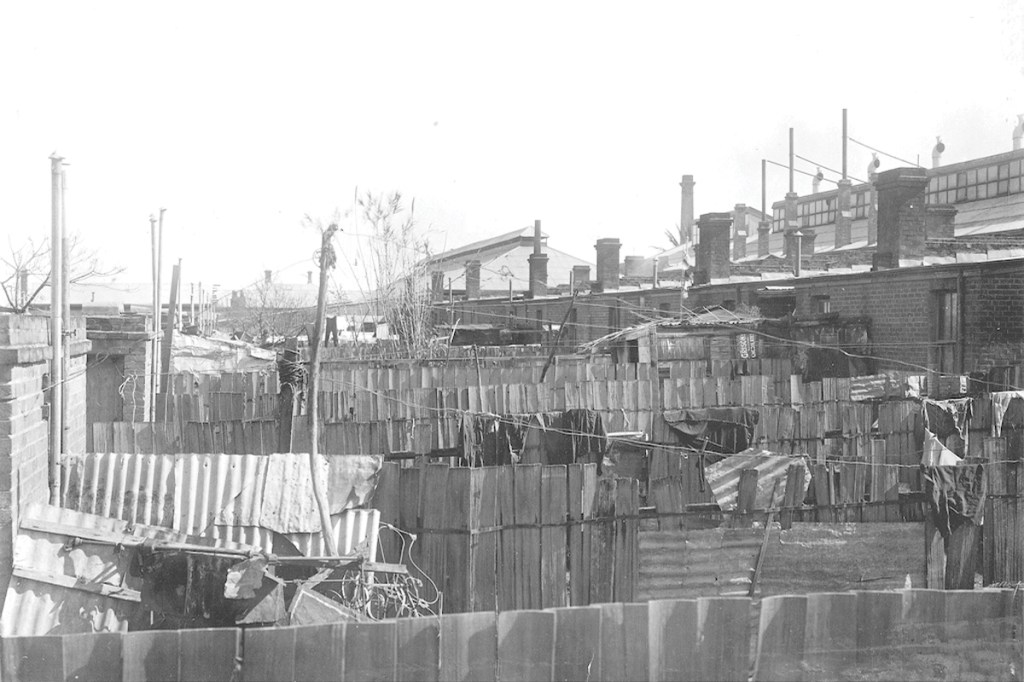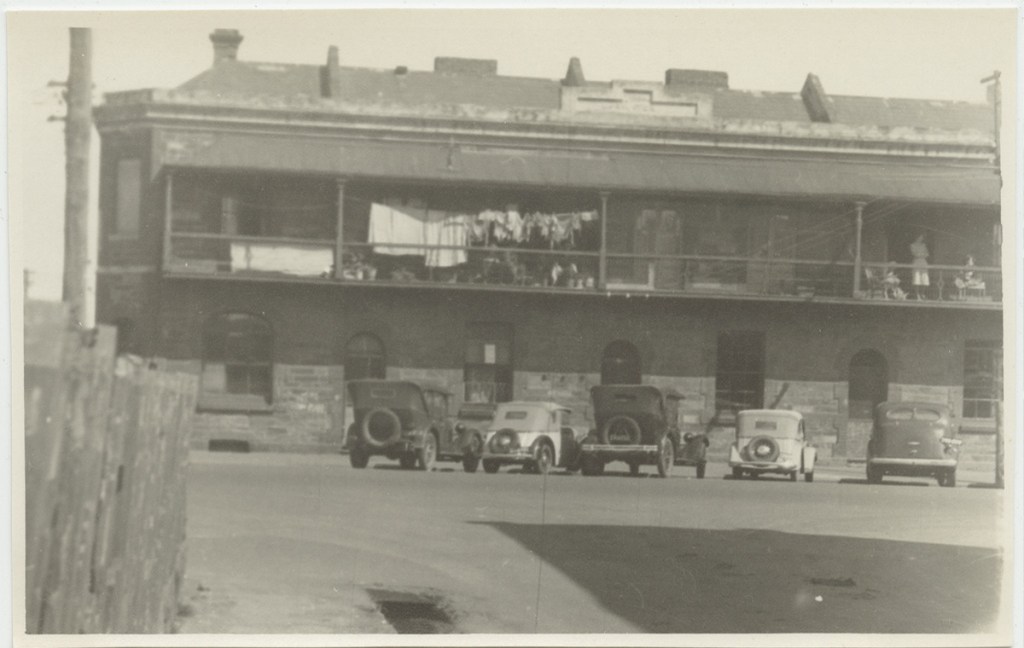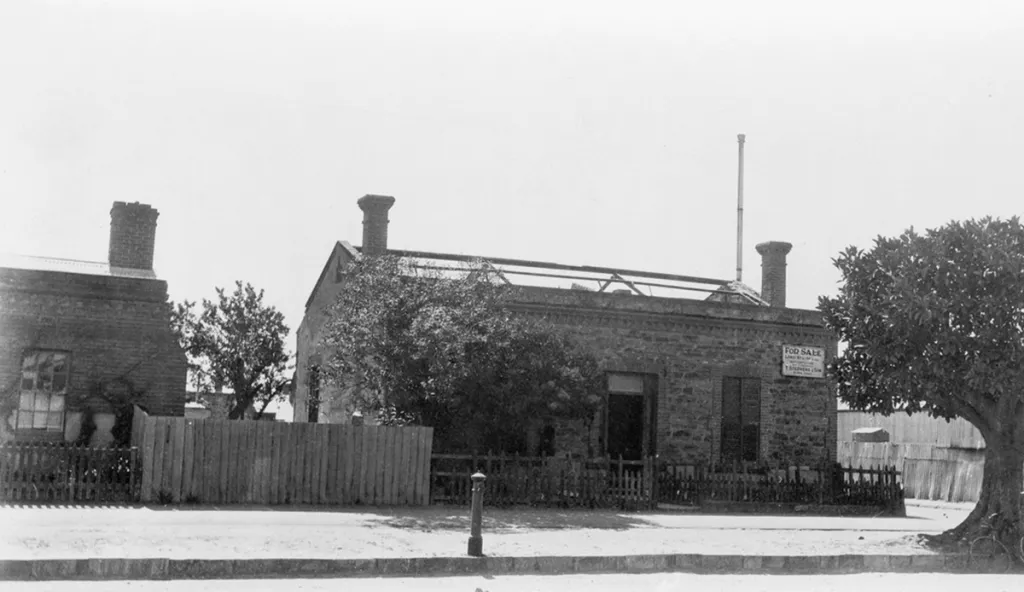The road to 50k: Inside plans to double Adelaide’s population

The City of Adelaide hopes to more than double its population by 2036 – just in time for the capital’s 200th birthday. It’ll require a serious construction effort, improved infrastructure to satisfy the numbers, and will undoubtedly change the city’s skyline. What do we have to gain by pursuing this target, and what might we lose in the process? David Simmons investigates.
In the early 20th century, a record of about 43,000 people lived within what was then called South Adelaide, and what we now call the central business district.
They mostly lived in late 19th-century cottages, usually rentals or boarding houses. Others lived above shops that they also operated, and worked either in city-based or city-fringe factories. They caught trams to get around on a network much more substantial than today’s or simply walked within the square mile.
Most people were packed into the west end in slum-like conditions. Others enjoyed the splendour of the “gilded fringes” near North Terrace and East Terrace.
“The western fringe of the CBD was rough as guts,” local historian Liam Horwood tells CityMag.
“A lot of people saw themselves as living in good conditions, but in reality, the people from the outside looked at these areas with disdain or with horror.
“It was an area that was seen as rough because it was cheap, depreciated housing stock that was affordable to people who were in precarious work.”
Life was “fuelled by the kerosene lamp and the Mallee root fire”. Kerosene tins became places to wash your clothes and children; “you’d be lucky if you had a bath more than once a week”.
At the same time, Liam says community was “so fundamental to daily life that it’s incomprehensible now for us to imagine”.
“You saw yourself as a west ender or an east ender…you saw yourself as someone on Carrington Street,” he says.
The population fled the city after the Depression, with Adelaideans seeking out the quarter-acre block and the quiet comfort of the suburbs.
But there are plans in train to not only reach previous historical population highs, but to vastly exceed it.
You might like
The City of Adelaide wants to have 50,000 people living within its boundaries by 2036, which coincides with the city’s bicentennial. This is double the current population of 25,000.
It’ll mean more towers, undoubtedly, and comes as the city’s skyline is going through a rapid transformation thanks to the construction of looming skyscrapers built for residents and students alike.
Part of the challenge is building with an understanding of how people live right now. There are 1.7 people per dwelling in the city – a “dramatic” demographic shift according to Adelaide Lord Mayor Dr Jane Lomax Smith.
“Our aspirations come up against some data, and we have to build more and more houses to accommodate relatively smaller numbers of people,” she tells CityMag.
“We’ve had a massive building boom by anybody’s standards; a massive change in the skyline. If you look at 25 years ago, there were just under 14,500 people in the city – it was an entirely low-rise city. We have only doubled our population, and it’s still only half of what it was 80 years ago.”
There’s a simple solution, she says: “We could bulldoze the entire city and the entire North Adelaide and build nothing but skyscrapers and units. We could get to 100,000 people”.
“But we would kill the goose that lays the golden egg. Nobody wants to live in something that looks like a British slum,” she says.
“People like the city and they come to visit Adelaide because it has character, it has a sense of place, and it has history.”



Instead, the Lord Mayor is looking towards the west end.
She says the northwest corner in particular “will be able to accommodate a large proportion of our growth targets”.
“That will take up the underutilised, vacant sites, and it will leave the cottages and the low-profile buildings,” she says.
It’ll be easy to get people to move in, too, she says.
“I defy you to find places people don’t want to live in the CBD. I’d like you to point out how many vacant apartments there are. We have a housing crisis, and people’s need for accommodation is so intense,” she says.
Subscribe for updates
“People we find are more and more willing to live in apartments.
“I don’t have any concerns about getting to the target. I think it’s entirely doable, and we’re on target.”
The state government has a role to play too; its Planning Commission must approve the major buildings that go up in Adelaide, and roads and general infrastructure fall under its remit.
Planning Minister Nick Champion found common ground with the Lord Mayor, saying the target is “absolutely achievable”.
“The Adelaide CBD is probably one of the most underutilised cities in the country,” says the minister.
“We’ve got lots of at-grade car parks sitting around our city. We’ve got lots of vacant sites. There’s huge development potential.

“But it won’t just happen because you have a plan, you have to implement a plan, and that means the City of Adelaide can’t have a Jekyll and Hyde-type attitude to population.
“One day they say it’s good and the next they oppose or quibble about development applications. They’ve got to have a consistently pro-population position, and sometimes that means having complex and challenging conversations with your own constituents.”
Getting caught up on ensuring we build three-bedroom apartments would be a mistake, the minister says, noting two-bedroom dwellings are fine “as long as the provision of amenity is good”.
“You’d be hard pressed around the world to find a better provision of public open space than the park lands, but what we haven’t been good at is making sure that there are some people in it and it’s not just some vast bushwalking site,” he says.
For the Lord Mayor, the biggest challenge is the “move towards facadism”.
“I think what’s iconic about Adelaide is the late-Georgian, early-Victorian building stock. We’re not careful enough to preserve that. That’s why I talk about having the major development in the northwest corner, which will allow the best protection of the rest of the city,” she says.
Liam, however, worries heritage areas – like that around Whitmore Square – “may lose their charm”.
“Whitmore Square is an area that lives in the muck in the mind of Adelaide – it’s probably the one area that’s still got the west end bad reputation lingering around it,” he says.
“However, it is one of the most beautiful and enchanting places that still exists in the city.
“These squares should not exist for the luxury of people who can afford to live in the towers surrounding them. It should exist for the quadrant of that area of the city, as should the park lands.”

This article first appeared in The Blueprint Edition of CityMag, released in spring of 2025.





